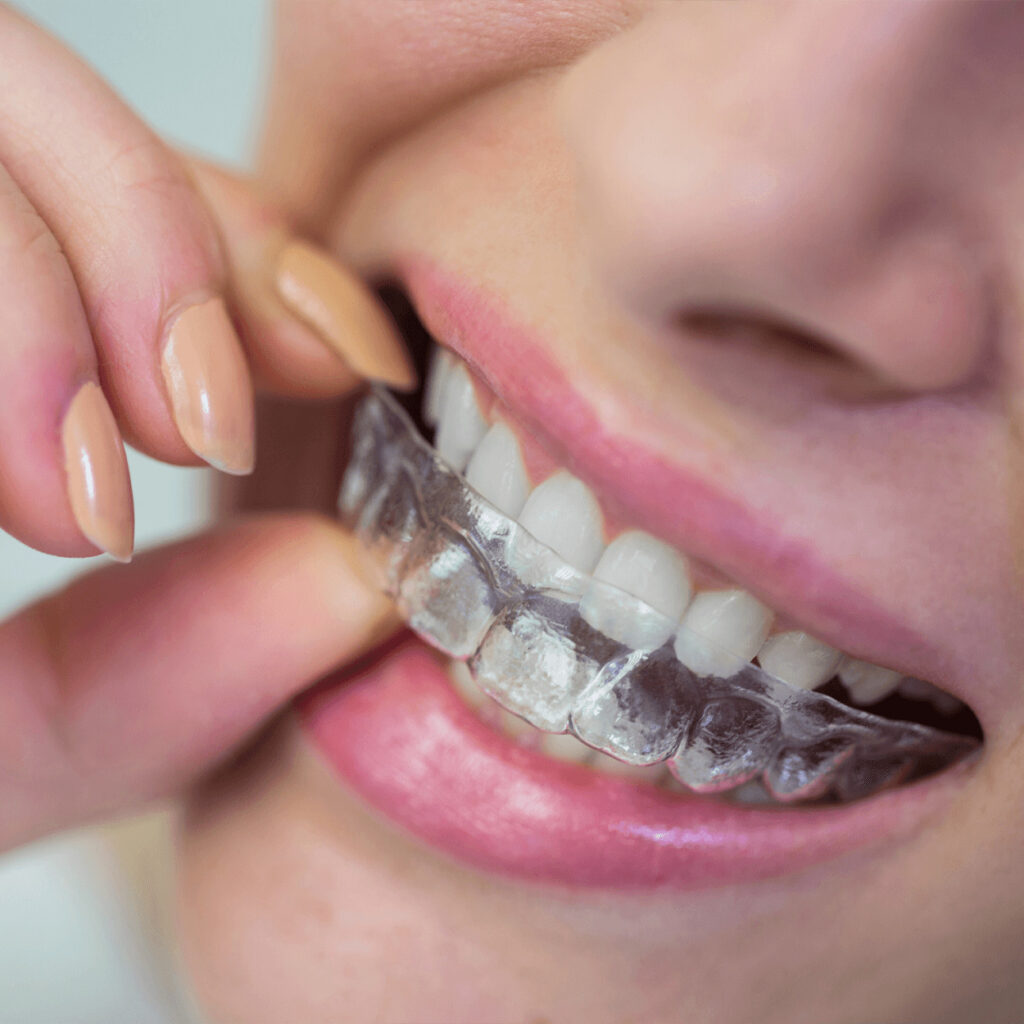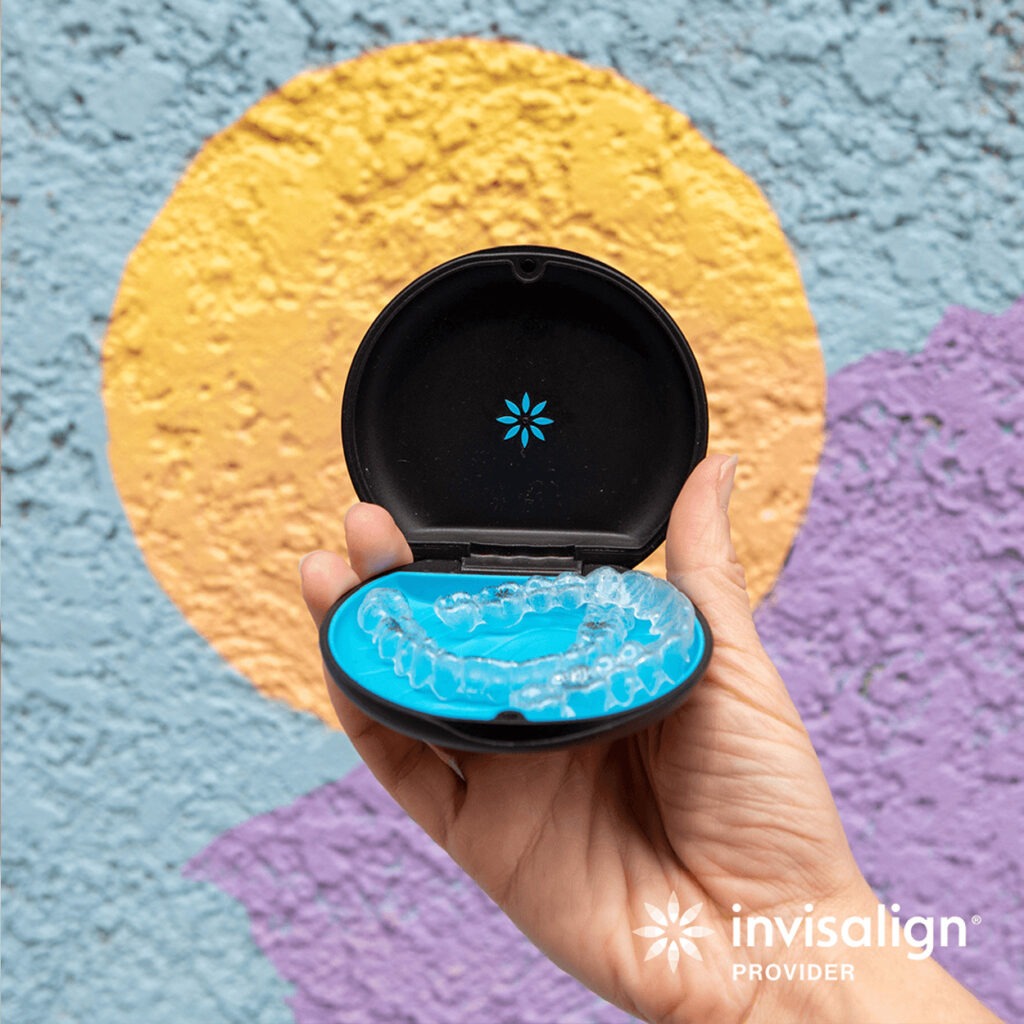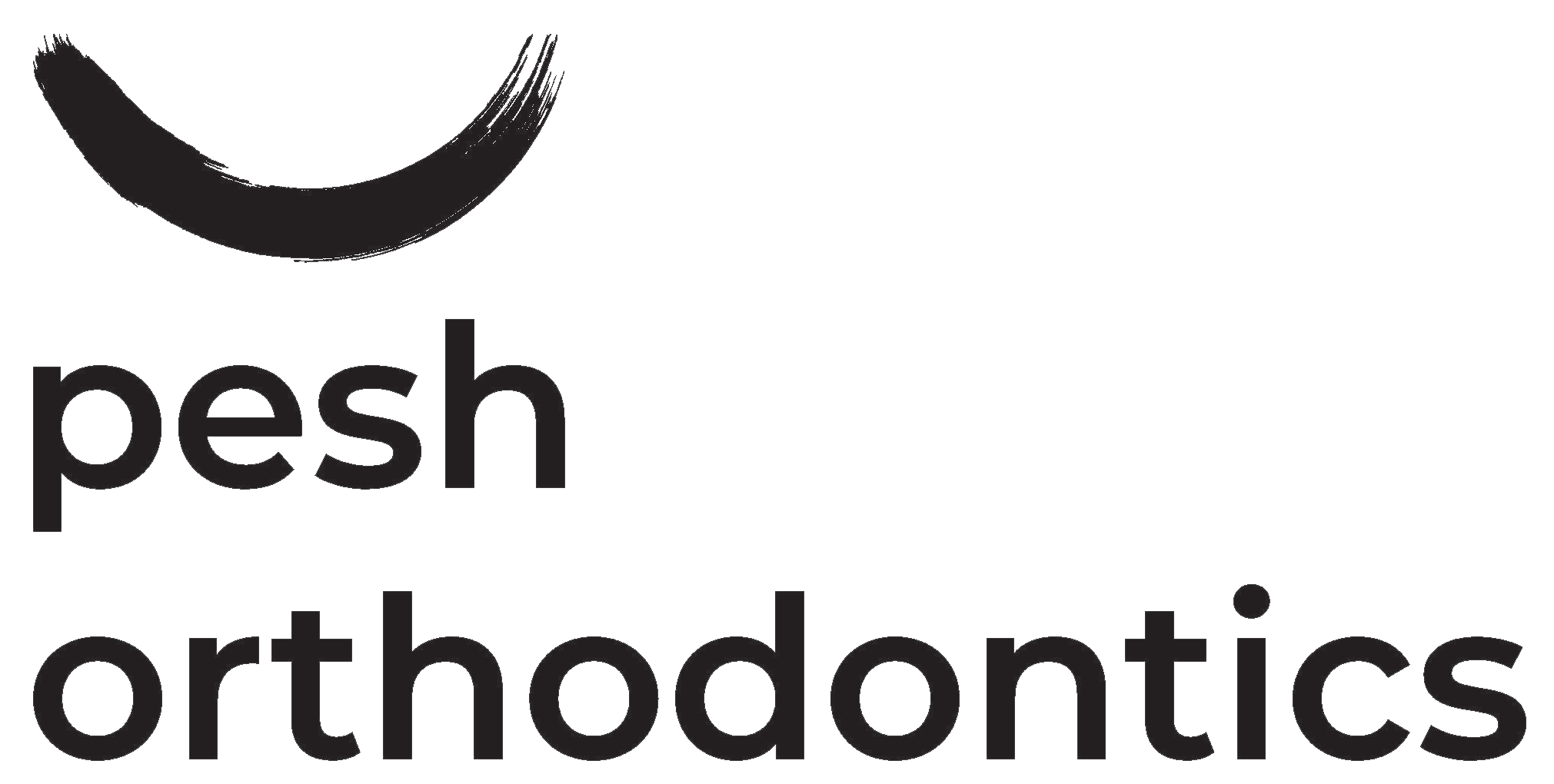
Are you ready for your Perfect Smile?

Invisalign Touch-Up: Everything You Need to Know!
So, you’ve completed your Invisalign treatment (or maybe it’s been a while), but you’ve noticed your teeth have shifted ever so slightly. Or perhaps your smile isn’t quite where you want it to be. Don’t worry—you’re not alone! Life happens, retainers sometimes don’t get worn as much as they should, and teeth have a sneaky way of shifting over time. But here’s the good news: an Invisalign touch-up could be exactly what you need to get everything back on track!
In this guide, we’ll break down everything you need to know about Invisalign touch-ups—what they are, why you might need one, and how the process works. Whether you’re a young adult who’s fallen out of the retainer habit or an older patient who’s noticed some subtle shifting, we’ve got you covered.

Why Might You Need an Invisalign Touch-Up?
After investing time (and let’s be honest, some money) into straightening your teeth, the last thing you want is for them to shift back. But, it happens, and here’s why:
Post-Treatment Shifting: Teeth can shift after you complete your initial Invisalign treatment. This is especially common if you weren’t super diligent about wearing your retainers. Don’t worry; it happens to the best of us!
Minor Imperfections: Sometimes, even after completing your treatment, there may be some small corrections left to make. Maybe that one tooth didn’t quite settle where you wanted, or your bite needs a little tweak.
Cosmetic Refinements: Perhaps you’re looking for that final wow factor in your smile, a little more perfection that your original treatment didn’t quite achieve.
Aging: Unfortunately, time doesn’t just give us wrinkles—it can also cause teeth to shift. If it’s been years since your first round of orthodontics, you may need a touch-up to correct those natural changes.
What Does the Invisalign Touch-Up Process Involve?
Now that you know why you might need a touch-up, let’s break down how it works. Don’t worry; it’s much simpler than your initial treatment!
Initial Consultation: First, you’ll meet with your orthodontist or dentist to discuss your concerns. They’ll check if your teeth have shifted or if any small tweaks are needed. Expect some updated scans or impressions to get the latest picture of your smile.
Creating a New Treatment Plan: Once your orthodontist has the data, they’ll create a customized plan for your touch-up. This involves creating new aligners specifically designed to fix the issues you’ve encountered since finishing your first round of Invisalign.
Duration: One of the best things about a touch-up is that it’s usually much faster than your original treatment. Depending on how much correction is needed, you could be done in just a few months!
Costs: We’ll dive into this in more detail below, but in most cases, the cost of a touch-up is lower than your original treatment. The price depends on how much correction is needed and your insurance coverage.

Touch-Up vs. Initial Treatment: What’s the Difference?
Great question! A touch-up is a bit different from your initial round of Invisalign. Here’s how:
Scope: Your original treatment likely aimed to move multiple teeth and correct significant alignment issues. A touch-up is for minor adjustments and fine-tuning.
Time: Because a touch-up is only making slight changes, it usually takes less time to complete—typically a few months instead of a year or more.
Discomfort: The good news? A touch-up is usually easier on your teeth (and your comfort level!). Since it’s only small adjustments, there’s typically less soreness compared to when you first started Invisalign.
Cost: A touch-up generally costs less than your full Invisalign treatment. But again, this depends on how much movement is needed and your specific case.
How to Know if You’re a Candidate for an Invisalign Touch-Up
Not sure if you need a touch-up? Here are some tell-tale signs:
Teeth Shifting: If you’ve noticed some subtle changes in your smile or bite, especially if you haven’t been wearing your retainers consistently, a touch-up might be in order.
Cosmetic Concerns: If there are still little things about your smile you’re not completely happy with, don’t settle! A touch-up can help you get the results you want.
Professional Evaluation: The best way to know for sure is to schedule a consultation with your orthodontist or dentist. They can evaluate your smile and recommend the best course of action—whether it’s a touch-up or just wearing your retainer more often.
Invisalign Refinement vs. Touch-Up: What’s the Difference?
You might have heard the term “refinement” thrown around during your initial Invisalign treatment. So what’s the difference between a refinement and a touch-up?
Refinement: A refinement happens during your original treatment. If your teeth aren’t moving as expected, your orthodontist might tweak your plan and give you additional aligners to keep you on track.
Touch-Up: A touch-up, on the other hand, happens after you’ve finished your initial treatment. It’s a second round of aligners designed to address any changes or cosmetic improvements you want post-treatment.
Preventing the Need for a Touch-Up
No one wants to go through orthodontic treatment only to have their teeth shift again. Here are some tips to keep your smile in check:
Wear Your Retainers (Consistently!): This one is crucial! After your Invisalign treatment, wearing your retainers as directed by your orthodontist is key to keeping your teeth in their new positions. Over time, you may be able to wear them less frequently, but in those first few months—don’t skip it!
Schedule Regular Check-Ups: Keeping up with your orthodontic or dental check-ups ensures that any minor shifts are caught early, potentially preventing the need for a full touch-up.
Good Oral Hygiene: Keeping your teeth clean and healthy will prevent issues like gum disease, which can contribute to teeth moving out of place.

Cost Considerations for Invisalign Touch-Ups
Here’s the deal on pricing:
Insurance: Some dental insurance plans may cover part of the cost for a touch-up, but it depends on your individual plan. Make sure to check with your provider.
Out-of-Pocket Costs: If insurance doesn’t cover it, touch-ups can still be more affordable than a full orthodontic retreatment or braces.
Payment Plans: Many orthodontic offices offer financing options or payment plans, making it easier to cover the costs of touch-up aligners over time.
Frequently Asked Questions About Invisalign Touch-Up
Here are some common questions we hear about touch-ups:
How long does a typical touch-up take?
- Touch-ups usually take a few months, depending on how much correction is needed.
How much does it cost?
- Costs can vary, but touch-ups are often more affordable than the initial treatment.
Can I switch orthodontists for my touch-up?
- Yes, though it’s always best to consult with the professional who handled your initial treatment for continuity.
Will I need new retainers?
- After your touch-up, you’ll likely need new retainers to maintain the new corrections.
Conclusion
Invisalign touch-ups offer an easy, effective way to fine-tune your smile. Whether you’ve noticed some shifting or you just want a little extra polish, a touch-up can help you get the results you want—without the long treatment times or high costs of full orthodontic care. Ready to see if a touch-up is right for you? Contact your orthodontist today to learn more!

